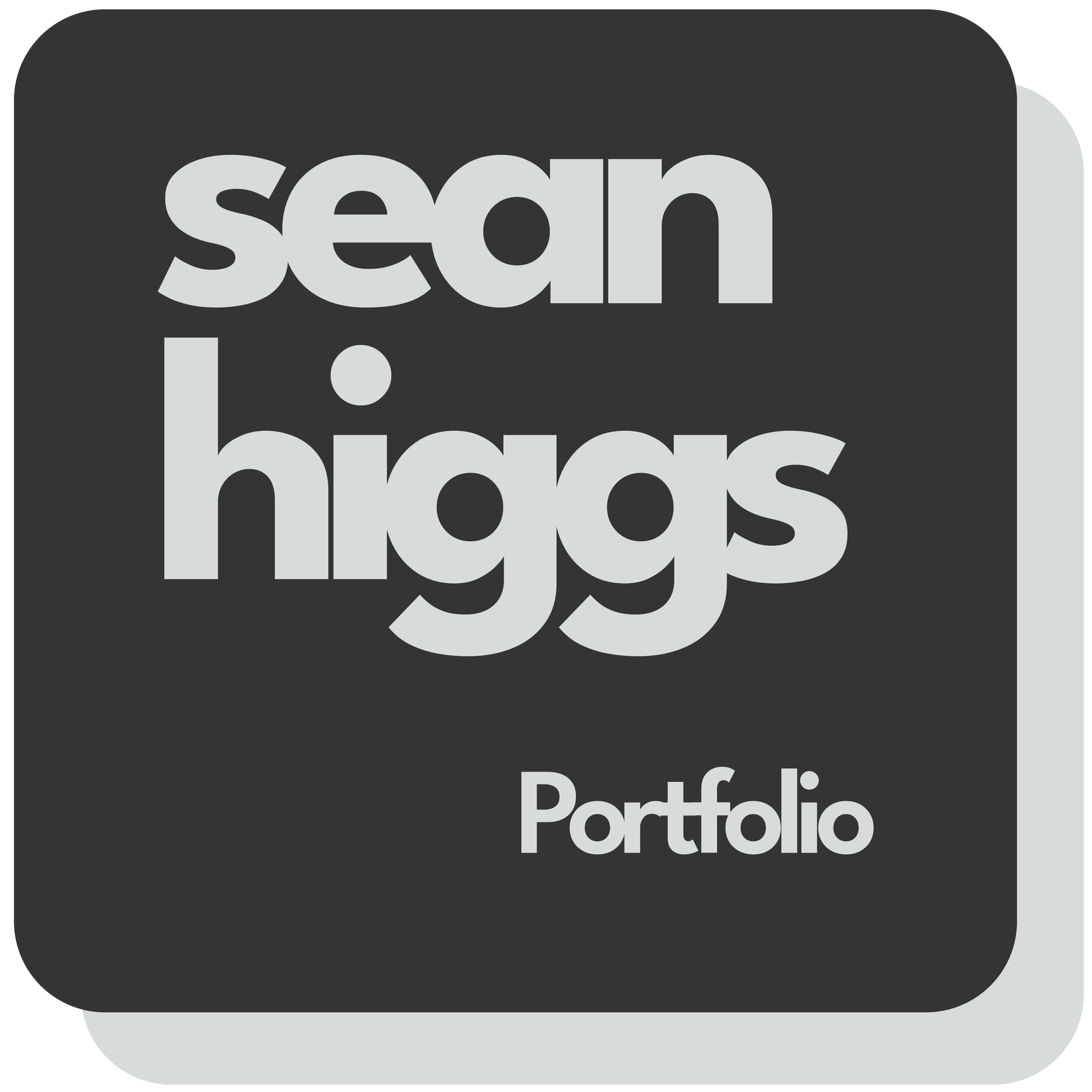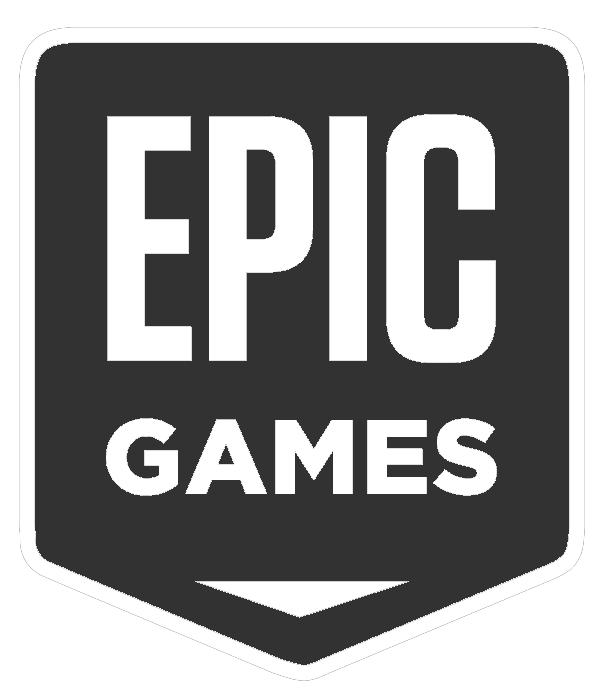THE FORUM IN CLAYTON
Architectural visualization
Summary
I was given the opportunity to take architectural blueprints and turn them into a 3D photo real video walk through of an office space, in order to market the space and generate early interest. The project involved interior design, extensive 3D modeling, video game design, camera setup, video production, and video editing.
FINAL DELIVERABLE
After months of long nights and weekends spent learning, testing, failing, rebuilding, etc., the project was finally completed.
SOFTWARE
DESIGN PROCESS
INSPIRATION
The desire to do this project came from a video by Florian Tappeser called "White Apartment" as well as various other artists in the archviz world. I was blown away by what could now be accomplished in real time on a desktop computer [Dec 2016].
RESEARCH
This project required hundreds of hours of research. Prior to starting, I had a few hours of experience with Blender and Premiere Pro, and zero experience with Unreal Engine. I was incredibly fortunate to get a Skype call with Florian about the methods and resources he used, and was able to connect with an extensive community online to find solutions. I am forever grateful to this community of people.
MODELING
Modeling was mostly done in Blender. Modeling for Unreal Game Engine 4 is much different than modeling for Solidworks. UE4 requires something called "UV mapping." Basically, UE4 looks at 3D objects as if they are a flat pattern folded up into the object, much like a box, a suit, or a beachball begins its life as a flat piece of material. This allows it to quickly map textures and lighting to the surface of an object. It is a lot of extra upfront work to get it right, but the payoff is seamless texturing and real time photo realistic rendering.
Blender Modeling
Through trial and error, and with results from the testing shown in the next section, I found it best to model all of the walls, in as big of sections as possible in a single Blender file that I could then export single parts from. This allowed better overall UV mapping for textures, and much easier alignment of the walls when importing to UE4.
UV Mapping
This is a simple example of UV mapping. In this process, you want your object, in this case a 5m x 5m x 20cm wall, to have equally sized and matched checkerboard showing on all faces. If the checkerboard matches up, then most textures you apply will also match up. You have to add one UV map for the texture, and a second that UE4 can use to bake lighting onto. This is an additional step has to be done for every object.
TESTING
Unreal Engine 4 must go through a process of rendering all of the lighting of a scene, before the scene can be playable or recordable with in-game cameras. As you add more objects, lights, and higher resolution textures to a scene, those pre-game rendering processes take exponentially longer. So, I built multiple testing levels, to try out different lighting, building, UV mapping, and texture resolution options, before finding the proper trade-off between quality, computer ability, and rendering time.
RENDERING
Unreal Engine uses a program called Swarm Agent which allows the user to network together as many computers as they wish, in order to process the lighting build. After upgrading my work computer with 32Gb of RAM, 1 Tb SSD drive, and a Nvidia 1070 graphics card, I still needed to borrow 2 computers from a friend, hijack my media PC, and put my nephew's computer to work. This gave me 32 processing threads and 72Gb of RAM to work with, and finally stopped Swarm Agent from crashing on the 18th hour of building lighting.
Temporary Render Farm
VIDEO PRODUCTION & EDITING
This final phase required setting up camera paths, sourcing music, and editing the final video to the best of my ability.







